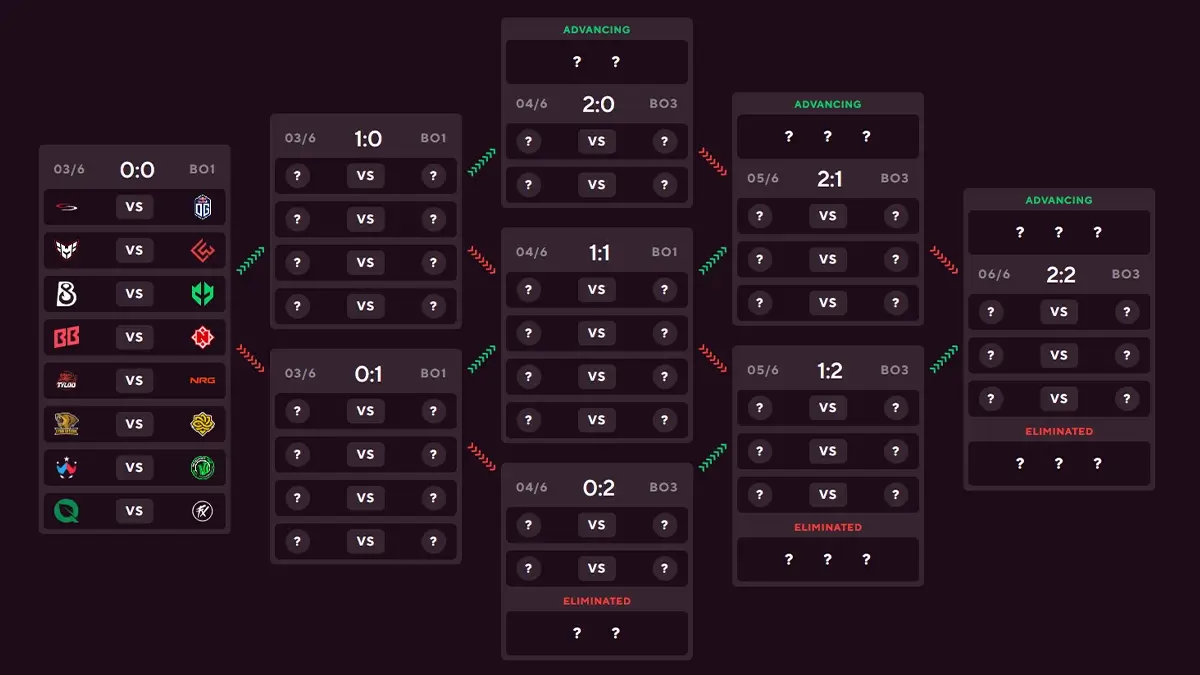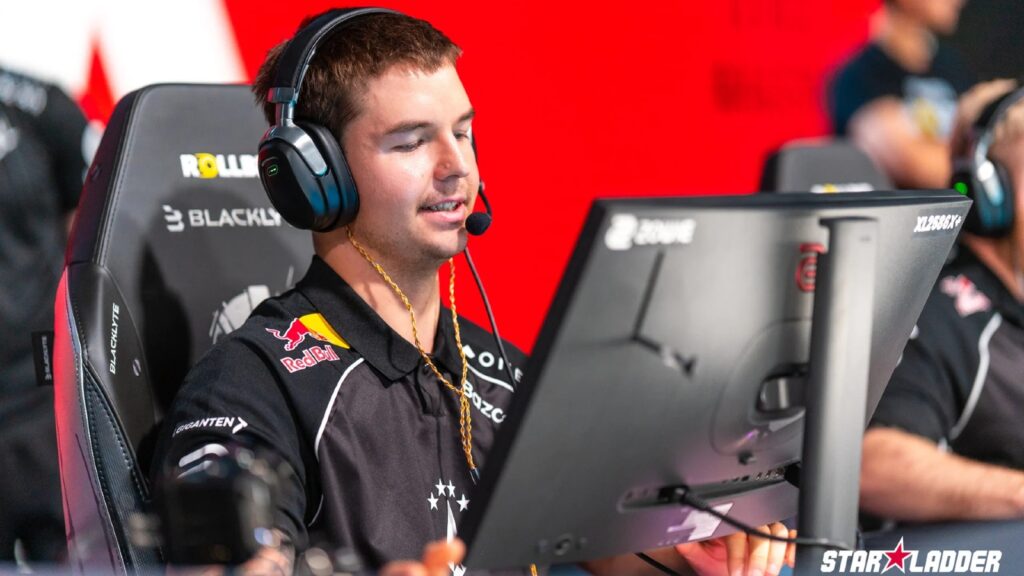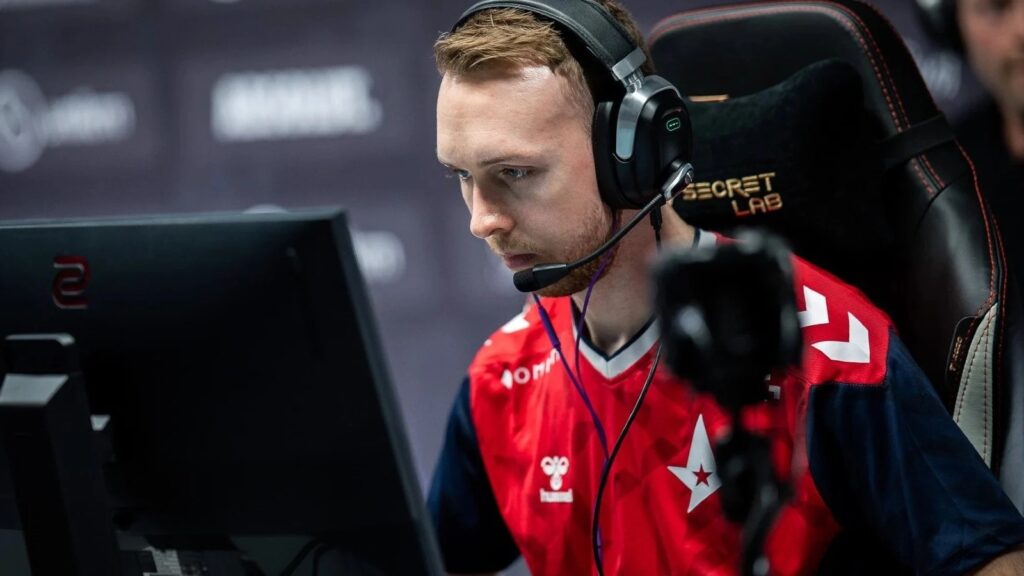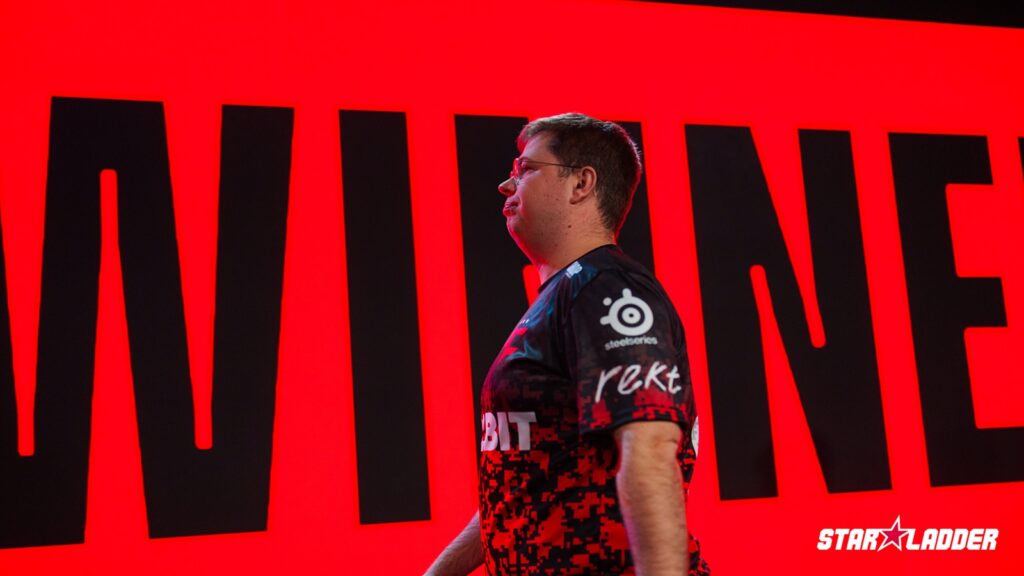Blast Austin Major: Swiss System Explained
Like every other Counter-Strike Major in recent times, the BLAST.tv Austin Major will feature the tried-and-tested Swiss Stage format for its group stage. It’s a system that ensures fair and competitive matchups throughout the event. If you’re new to it, or just need a refresher, here’s a breakdown of how the format works and what makes it such a staple in Major tournaments.
How Does the Swiss Stage Work?
The Swiss Stage has long been Valve’s go-to format for group stages at Major tournaments.
The Swiss format is an effective format to ensure teams play a fair number of matches and the best ones rise to the top, without knocking anyone out after just one bad game.

Image: Blast.tv
Here’s how the Swiss Stage works:
- All teams start with a clean slate, each holding a 0-0 record.
- In the first round, matchups are random. Naturally, half the teams will win and move to 1-0, while the other half will drop to 0-1.
- From there, teams are matched against others with the same win-loss record. So if you’re 1-0, you’ll play another team that’s also 1-0. If you’re 1-1, you’ll face another team with the same record.
- The goal is simple: win three matches before you lose three. If you reach three wins, you advance to the next stage. If you hit three losses, you’re eliminated.
Once a team reaches two wins or two losses, matches matter more since they’ll either lead to advancement or elimination. These significant matchups will be played in a Best of 3 format, while the earlier matches in the stage are Best of 1.
It’s a great system because it gives teams multiple chances and keeps the matchups competitive throughout.
Expanded Format at the BLAST.tv Austin Major 2025
The Austin Major 2025 introduces an expanded structure to accommodate more teams and enhance competitive integrity:- Stage 1 (June 3–6): 16 teams from regional qualifiers compete in a Swiss-system bracket. The top 8 teams advance to Stage 2, while the bottom 8 are eliminated.
- Stage 2 (June 7–10): The 8 advancing teams from Stage 1 join 8 directly invited teams based on Valve’s Regional Standings. The same Swiss-system format applies, with the top 8 progressing to Stage 3.
- Stage 3 (June 12–15): This stage features the 8 teams from Stage 2 and 8 additional directly invited teams. The Swiss-system continues, determining the final 8 teams that will move on to the playoffs.
- Playoffs (June 19–22): The remaining 8 teams compete in a single-elimination bracket, with all matches being Best of 3. The playoffs will be held live at the Moody Center in Austin, Texas.
Buchholz System
The Buchholz System is a tiebreaker method used to rank teams with the same win-loss record in a Swiss Stage format. It helps determine matchups between teams with identical scores. The system is designed to reward teams that have faced tougher opponents in previous matches by pairing them against lower-rated competition moving forward. Here’s how it works:- After each round, your Buchholz score is calculated by adding up the total number of wins your previous opponents have.
- The idea is: if you beat (or even lost to) strong teams that kept winning, your own ranking should reflect that.
- For example, if you start 0-2 but both of your opponents go on to perform well, your Buchholz score will be high. This is good, as you’ll be paired against teams with lower scores. In other words, easier opponents.
- On the flip side, if you beat teams that didn’t win many of their other matches, your Buchholz score will be lower, which could match you up against tougher competition.














